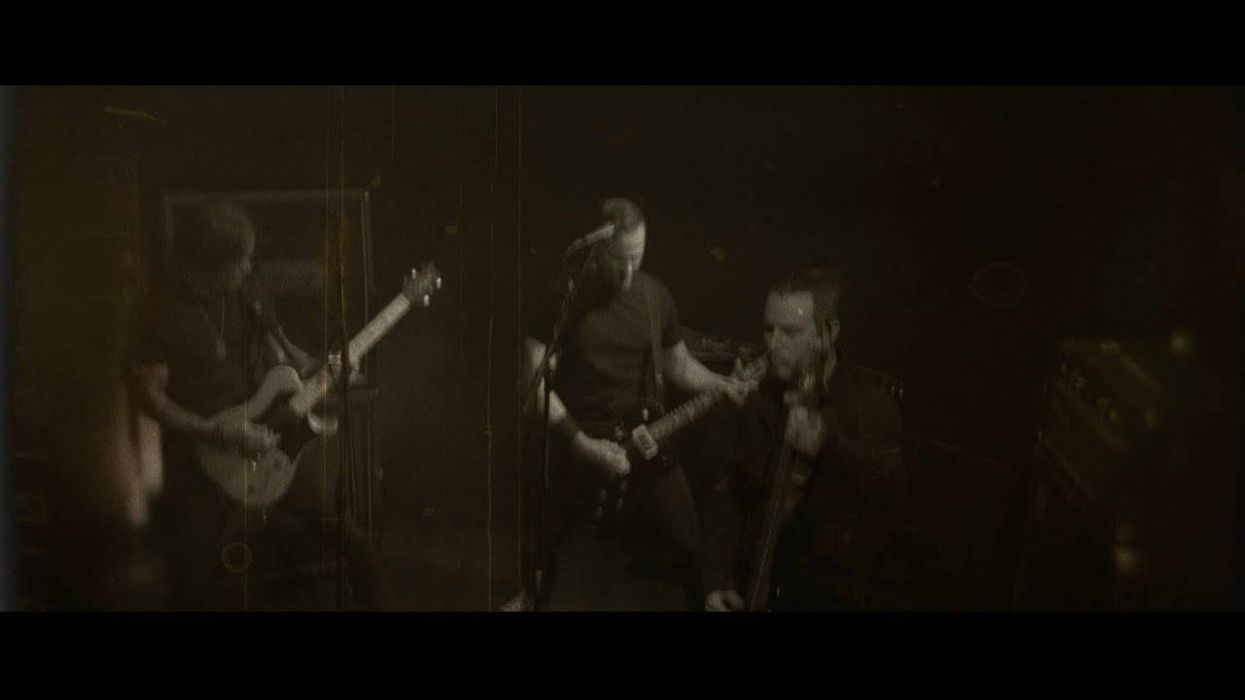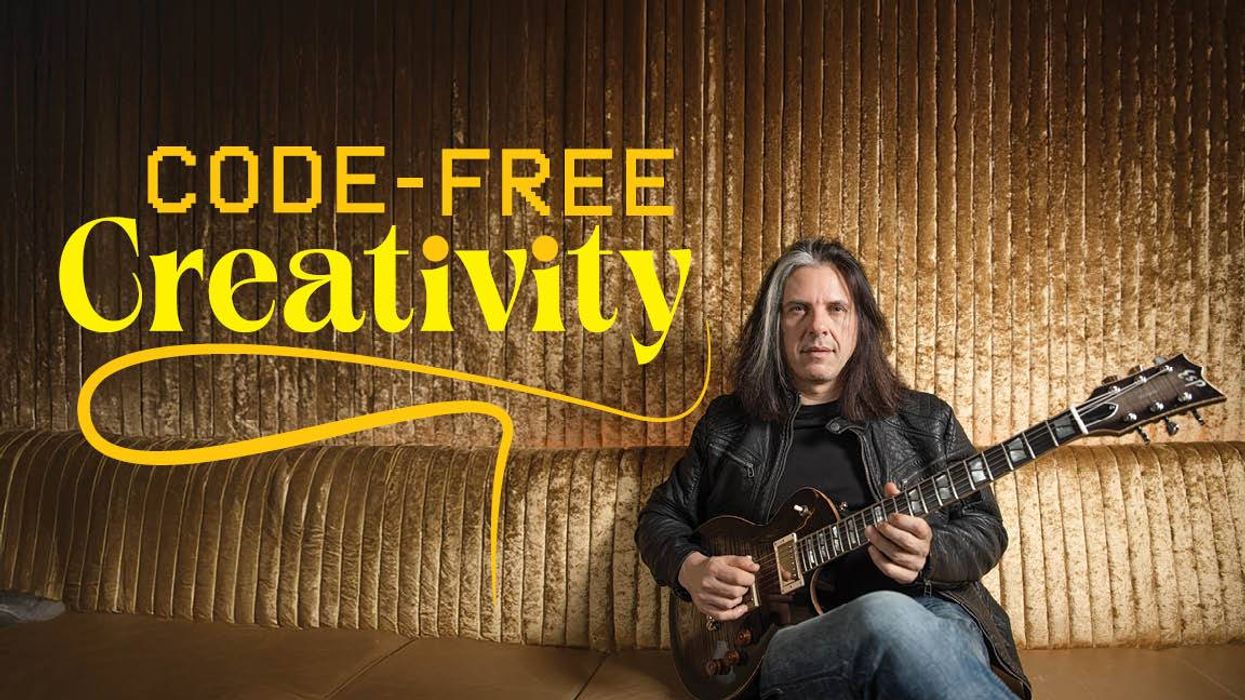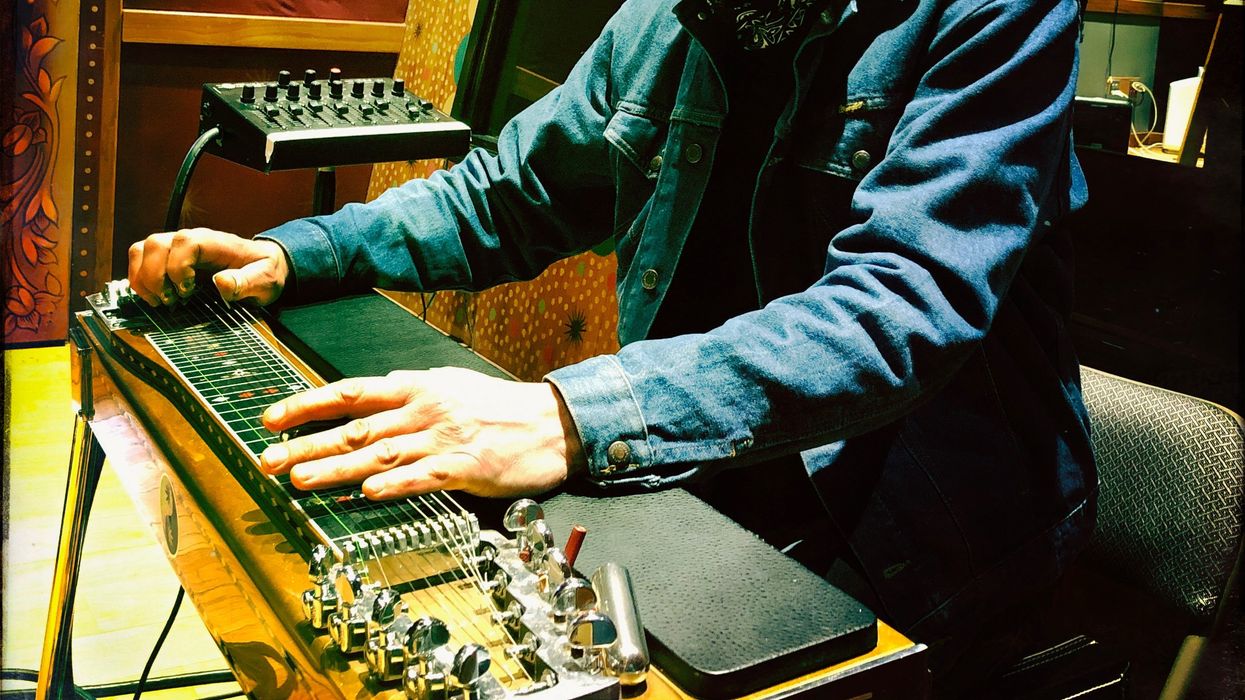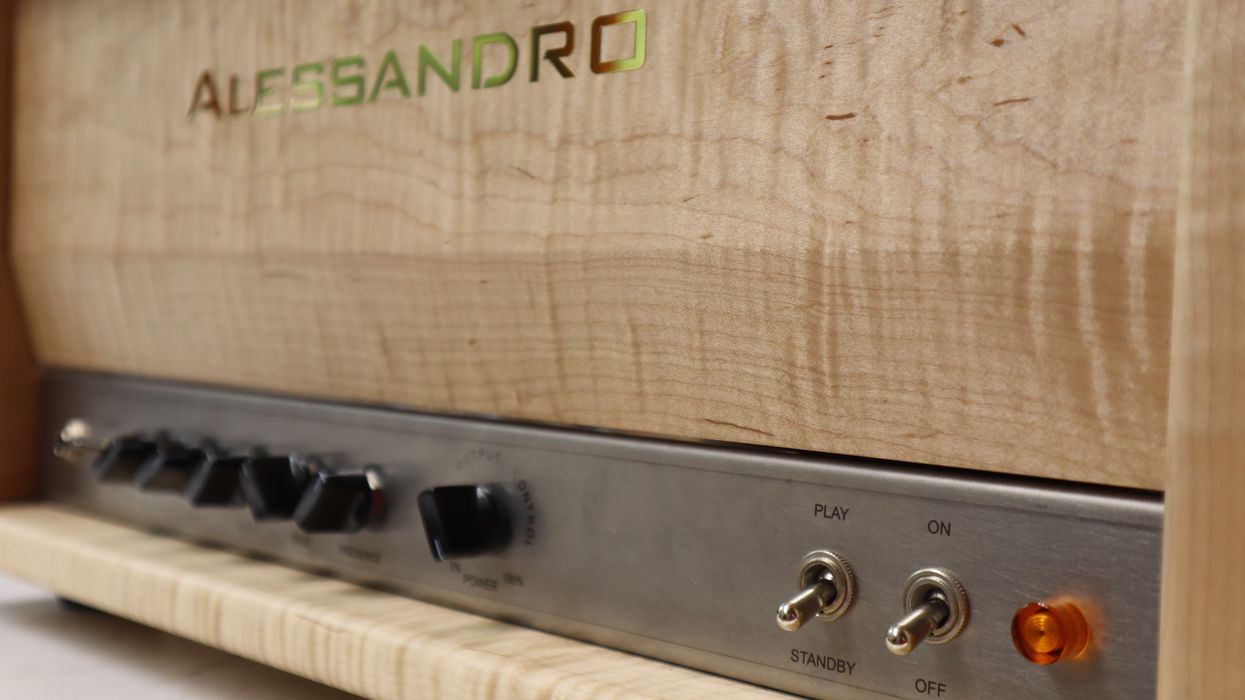It hasn’t been too long since one of the world’s most famous blues-rock guitarists started a worldwide poopstorm by ranting about players who “can barely play a chord” using stompboxes to create subpar soundscapes that apparently need to be unmasked in The No Spin Zone. It was surely an orgasmic catharsis for both sides of the dumb debate. After all, periodically we all need new reason to shred each other for something, right?
Broken down, the rant basically said A) music is not something enjoyed from a subjective personal standpoint born of myriad experiences, all equally valid, and B) if something can’t be played only on acoustic guitar, then it’s not real music. Which is funny, since that’s like saying a song played on acoustic guitar isn’t a song because it can’t form words and emote like a human voice. But, setting aside the rant’s logic, and its hypocrisy (basically, “Using the types of pedals I use is cool, anything else is a cop-out”), I will now somewhat sheepishly confide that I discovered a modicum of agreement with a smidgen of what said blues-rocker kind of said. (How’s that for spin?)
Firstly, I will go on record—as I have many times before, including in gear reviews for Premier Guitar—that I not only have no beef with weird pedal sounds, but I actually love them. However, I also think it’s not unreasonable to say it’s more than plausible that you could buy the sorts of pedals that yield “weird” sounds, and end up sounding just as uninspired and “me too” as someone who buys a Tube Screamer, a Les Paul, and a Blues Junior and cops his/her heroes licks down to the sycophantic T. Copycatting isn’t genre exclusive. (What’s more boring: going nuts with your analog delay’s feedback control in order to sound exactly like your favorite noise rocker, or cranking your Klon clone to sound exactly like your favorite wailing bloozmeister? Uh, I plead the Fifth … although at least there are fewer people doing the former and there’s an element of surprise in how the gear might respond.)
But here’s my real point: One of the things it’s easy to not do is stop lusting after new gear you sort of vaguely believe will help you make weird sounds, and instead to drill down and start thinking about the exact sorts of effed-up sounds you want—and then seeing if there’s a way to get there without adding a new box to your board.
your favorite wailing bloozmeister?
Now admittedly, this concept only occurred to me some time ago because I was lusting after a stompbox that would put me on certain people’s lazy-artist list. If memory serves, I was hearing a sort of synthy, robotic, very precise and evenly dynamic arpeggiated effect in my head. But once I stepped back and stopped looking for an easy way to automate it, I realized I could save my money and just adapt my playing to get essentially the same effect. Sure, it might not have the exact same waveform amplitude on each attack, but by using my thumb to do a pedal tone on bass notes, while moving through higher intervals I heard in my head, I got what I needed. Plus, the entire endeavor served as an exercise in developing the ability to create more uniform amplitudes.
I recently read an interview with Argentine singer-songwriter Juana Molina in which she expressed a similar sentiment with regard to constructing long loops in the studio. Even when she wants the exact same phrase repeated for extended periods, instead of using a looper pedal, she plays the part for minutes on end in order to inject the repetitive harmonic idea with organic mutations. Similarly, many players more adept than I generate pretty amazing tremolo-like swells by simply working their volume knobs in time with the musical idea they’ve drilled down to in their heads.
Of course, these three examples are pretty simplistic, especially in comparison to the crazy-ass things you can do with some pedals on the market. And certainly it’s not lost on me that the whole idea behind some unusual pedals is that they spark creativity precisely because it’s difficult to predict how they’ll respond. So, my point isn’t that you should avoid these pedals. But I do think all of us could spend more time brainstorming before we even pick up our instruments, stomp on stomps, or twiddle knobs. We can consider new ways to combine pedals we already own, new ways to combine settings that are, perhaps, counterintuitive or unorthodox. Learn to see the effort as a dynamic interaction rather than mere knob placement. Become more purposeful in what we want.
In the end, whether you use no pedals, a blues-rocker’s standard complement, or a big-honkin’ board with enough flashing tap-tempo LEDs to require a warning placard for adjacent epileptics, creativity is what separates us from the bullshit soundscapists and blowhard blues purists. If you really want to be weird, it’s time to admit you’ve got a lot more weird inside you than some box. Or at least enough to give it a run for its money. You just gotta learn how to unlock it—and lose the inhibitions born of fear that someone might shame you about how you do your thing. Shame is the real bullshit here, friends. Not how many pedals you use.

















